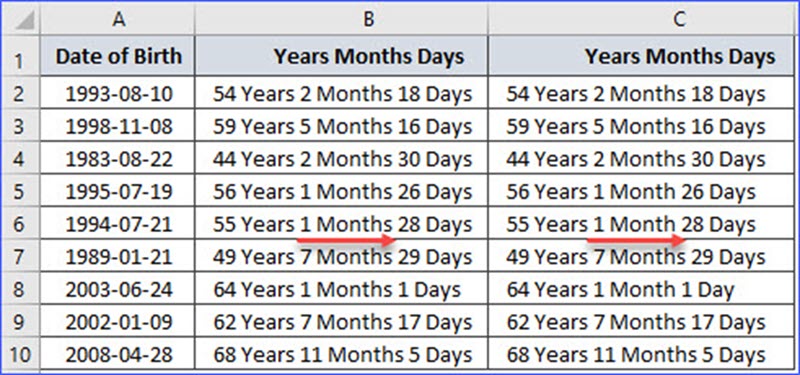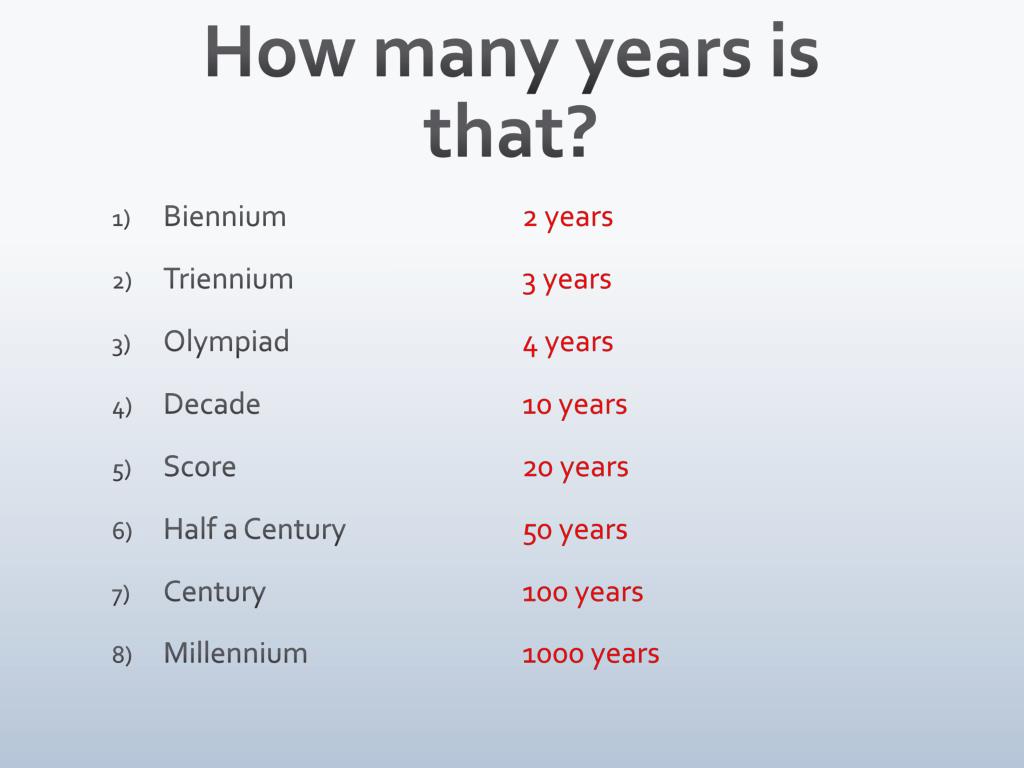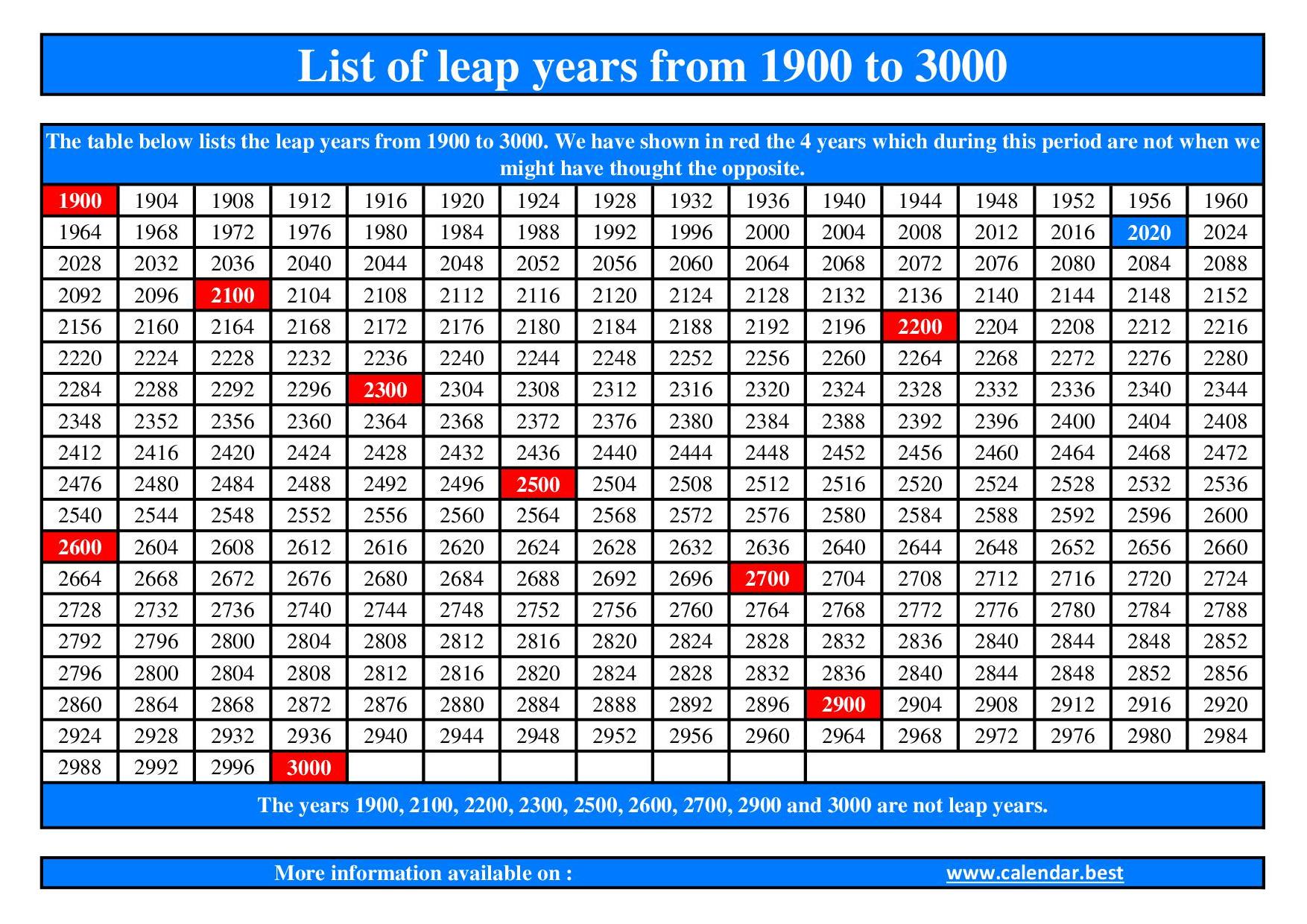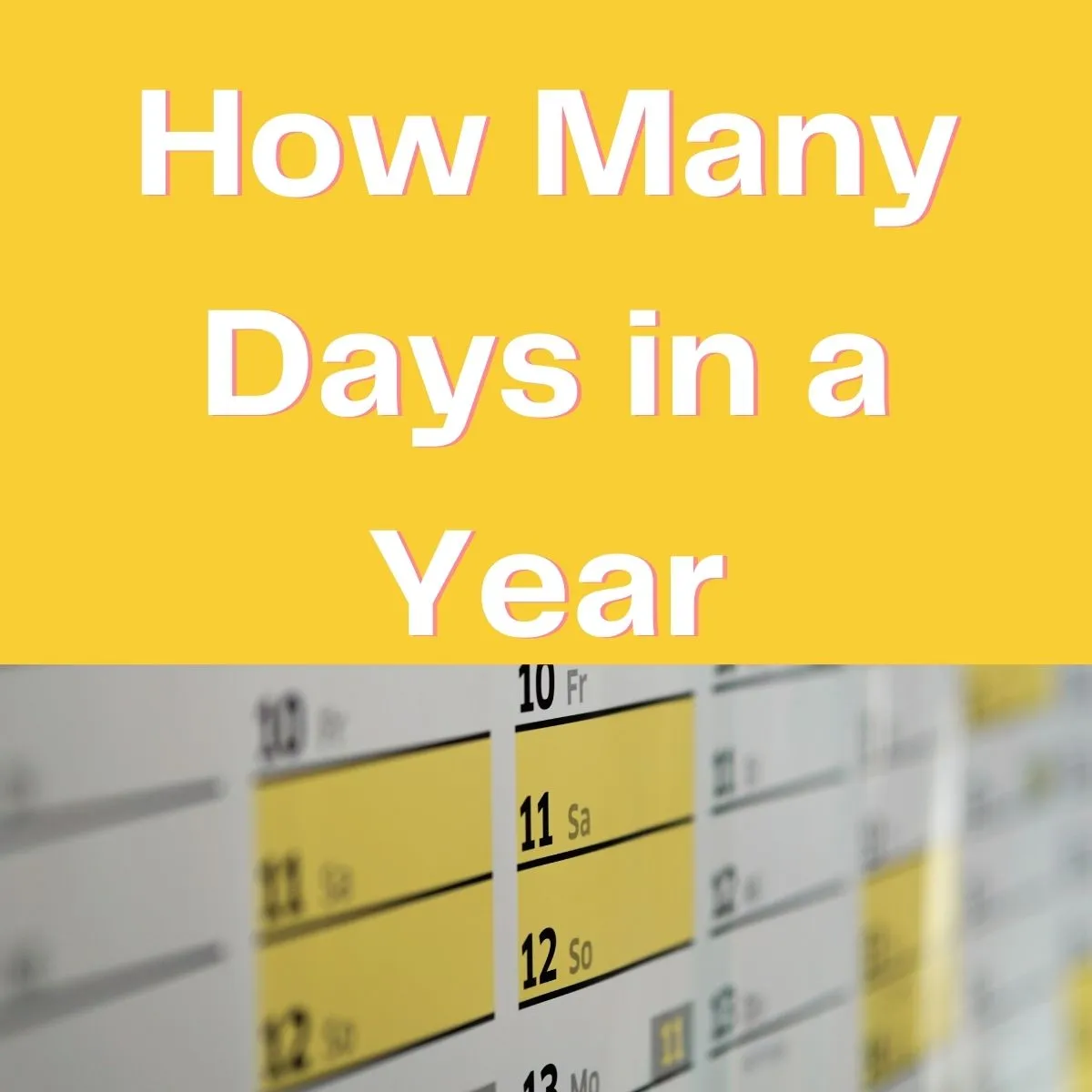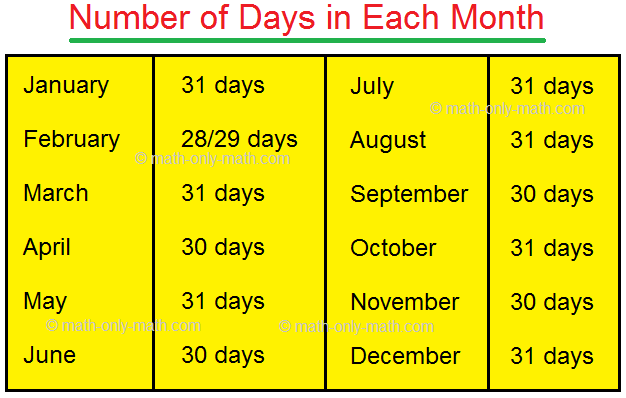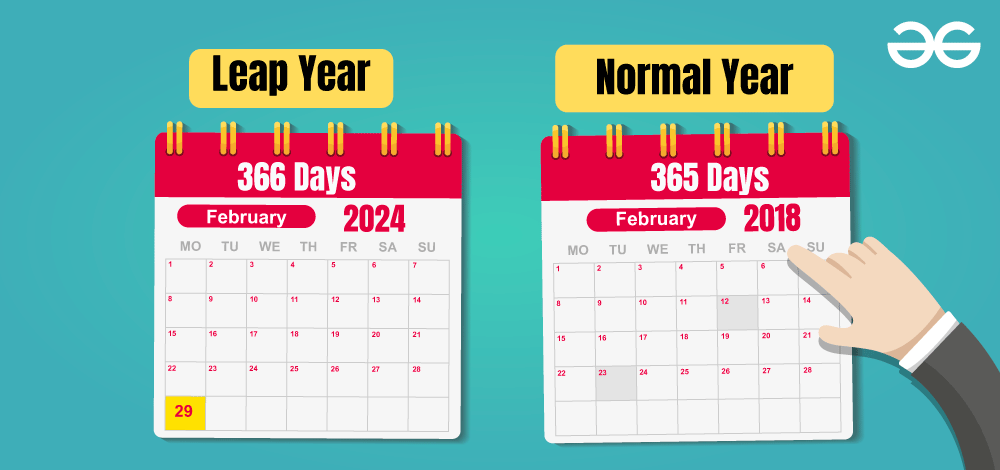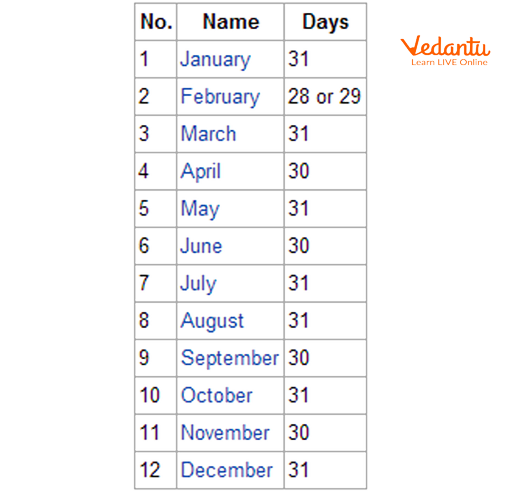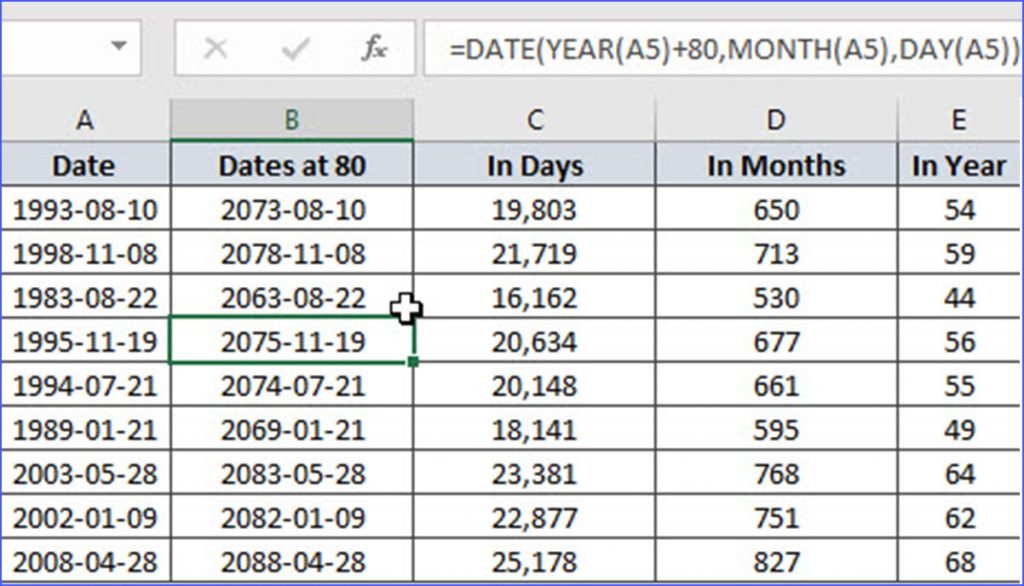How Many Years Is 2600 Days
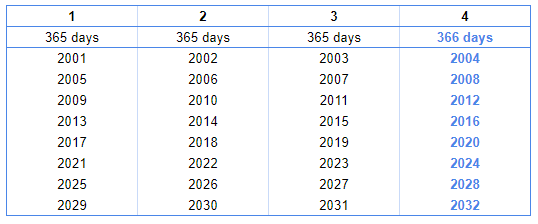
Imagine the sun rising, casting a golden hue on a bustling city. Children are laughing in parks, construction workers are starting their day, and the aroma of freshly brewed coffee fills the air. Days like these, seemingly ordinary, string together to form our lives, our memories, and our history. But have you ever stopped to consider how many days make up a significant chunk of time, like, say, 2600 days?
At its core, this article seeks to answer a seemingly simple question: How many years are in 2600 days? More than just a mathematical exercise, this exploration provides an opportunity to reflect on the passage of time, the milestones we mark, and the way we perceive the calendar's relentless march forward.
Understanding the Basics: Days, Years, and Leap Years
The relationship between days and years is fundamental to our understanding of time. One solar year, the time it takes for the Earth to orbit the sun, is approximately 365.25 days. However, for practical purposes, we typically define a year as 365 days, leading to the concept of leap years to account for the extra fraction of a day.
Every four years, we add an extra day (February 29th) to the calendar, creating a leap year with 366 days. This adjustment helps to keep our calendar aligned with the Earth's actual orbit, preventing the seasons from drifting over time. Without leap years, our summers would eventually occur in December, and winters in June – quite the chaotic scenario!
Calculating Years from Days: The Simple Division
The most straightforward way to calculate how many years are in 2600 days is to divide the total number of days by the number of days in a typical year.
So, 2600 days / 365 days/year = approximately 7.12 years.
However, this initial calculation doesn't account for leap years. To get a more precise answer, we need to consider the number of leap years that occur within those 2600 days.
Accounting for Leap Years: A More Accurate Calculation
To refine our calculation, we need to estimate the number of leap years within those 2600 days. Since leap years occur roughly every four years, we can approximate the number of leap years by dividing the number of years (7.12) by 4.
7. 12 years / 4 = approximately 1.78 leap years. For the sake of calculation, we round this up to either 1 or 2 leap years.
Let's assume there's one leap year. In that case, we'd have one year with 366 days and the rest with 365 days. To determine the most accurate number of years, we could test number of days in 7 years (2 of which is leap year) vs. 8 years (2 of which is leap year).
(5 * 365) + (2 * 366) = 2557 days. Not quite 2600 days yet.
(6 * 365) + (2 * 366) = 2922 days. Too much.
Therefore the calculation should be close to 7 years with 2 leap years.
To calculate with more accuracy: 2600 / 365.25 = 7.1184 years.
Putting it in Perspective: What Can Happen in 7.1184 Years?
Seven years might seem like a long time, but when you think about it, it's a significant chunk of a person's life. Children grow and mature, careers evolve, relationships deepen, and the world around us undergoes constant transformation.
Consider a child born today. In roughly seven years, they'll be starting second grade, learning to read chapter books, making friends, and developing their unique personality. That's seven years of growth, learning, and discovery.
In the realm of technology, seven years is an eternity. Smartphones become obsolete, new programming languages emerge, and innovative startups disrupt entire industries. Look at the iPhone, for instance. Seven years after its initial launch, the technology landscape had shifted dramatically.
Even on a global scale, seven years can bring about significant changes. Political landscapes shift, scientific breakthroughs occur, and social movements gain momentum. The world is constantly evolving, and seven years is more than enough time to witness these transformations.
Historical Context: Seven-Year Cycles
The concept of seven-year cycles has been recognized throughout history in various cultures and contexts. In agriculture, crop rotation often follows a seven-year cycle to replenish the soil's nutrients. In the Bible, the concept of a seven-year Sabbath is mentioned, where land is allowed to rest every seventh year.
Even in modern business and economics, cycles of boom and bust often span several years. While not always exactly seven years, these recurring patterns highlight the cyclical nature of many aspects of life.
Reflecting on the Passage of Time
Thinking about 2600 days as roughly seven years forces us to confront the nature of time itself. Time seems to flow quickly when we are engaged, happy, and productive, yet it can drag on when we are bored, sad, or waiting for something important to happen.
The question of how many years is in 2600 days, then, is not just a mathematical problem but also a philosophical prompt. It invites us to reflect on how we use our time, what we value, and how we want to spend our days, weeks, and years.
Ultimately, time is a precious commodity, and every day counts. Whether it's 2600 days or a lifetime, making the most of each moment is what truly matters. So, the next time you find yourself wondering how many years are in a certain number of days, take a moment to appreciate the journey and the opportunities that each day brings.
